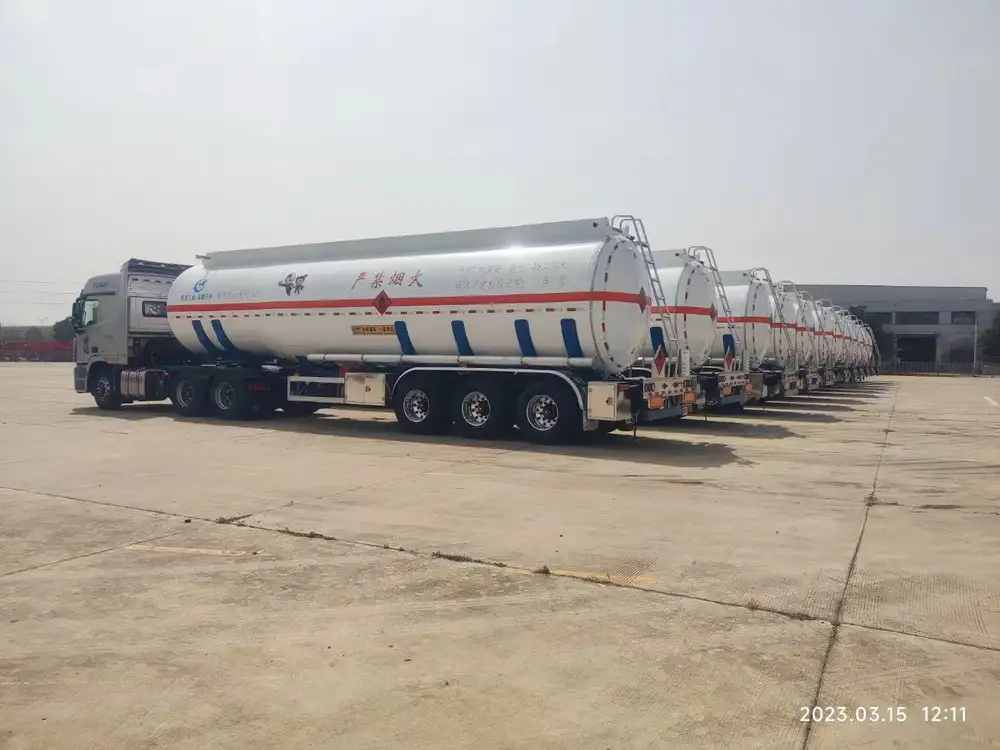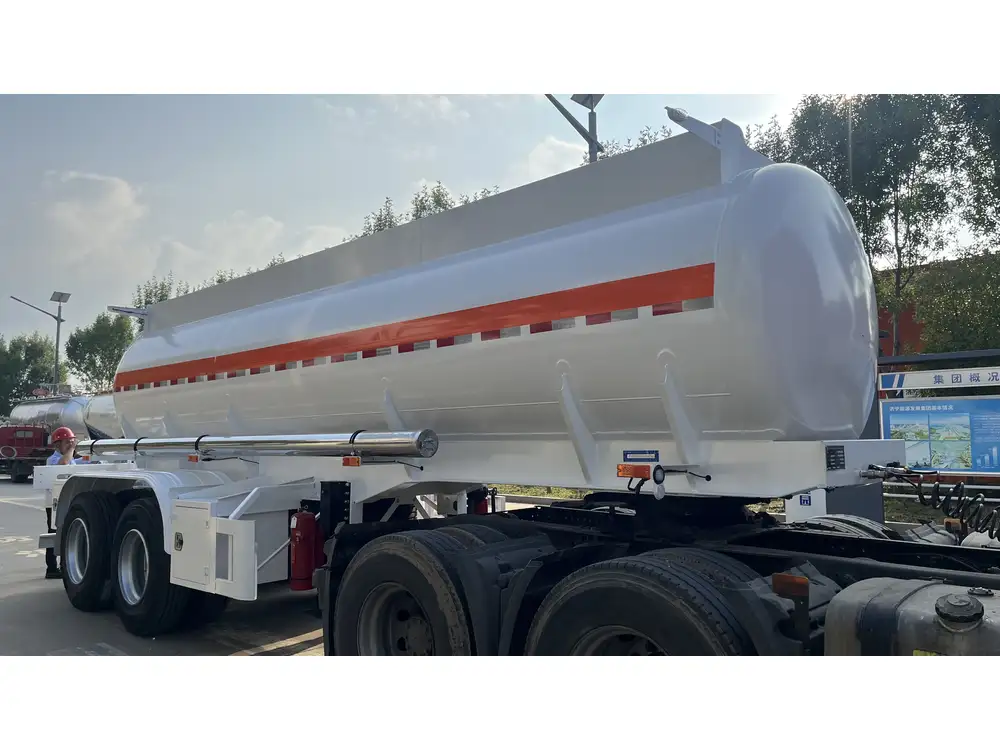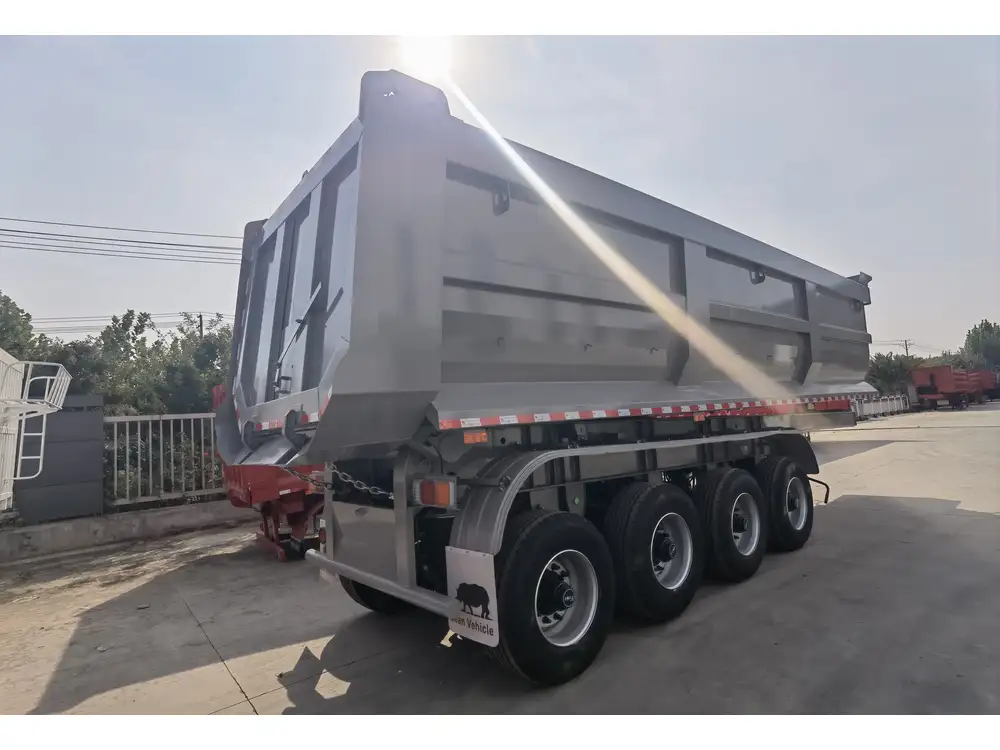When considering the motor freight industry, knowledge of vehicle specifications is paramount. One prevalent question among fleet managers, operators, and logistics professionals is, “How much does a semi truck without a trailer weigh?” Gaining clarity on this topic can aid in various operational decisions, from fuel efficiency to compliance with weight regulations. In this comprehensive guide, we delve into the specifics of weight metrics, various truck types, and how this information affects logistics and transportation strategies.
What Constitutes a Semi Truck?
A semi truck, also known as a tractor, is designed primarily for towing trailers that carry goods. It consists of a powerful engine, an extended chassis, and the cab, where the driver operates the vehicle. Understanding its structure is crucial for grasping how the vehicle’s weight is determined and how it impacts hauling abilities.
Key Components of a Semi Truck
| Component | Description |
|---|---|
| Chassis | The frame of the truck that supports the cab and engine. |
| Engine | High-powered engines (typically diesel) that provide the necessary torque for heavy loads. |
| Cab | The area where the driver sits, equipped with controls and navigation systems. |
| Axles | Support the weight of the truck and allow for weight distribution and stability. |
| Transmission | A crucial component for controlling the power from the engine to the wheels. |

Weight Metrics in the Transportation Industry
Standard Weights of Semi Trucks
The weight of a semi truck without a trailer can vary significantly based on its type and configuration. Typically, a conventional semi truck (commonly referred to as a Class 8 truck) generally weighs between 10,000 lbs (4,536 kg) to 25,000 lbs (11,340 kg) when not coupled with a trailer.
Breakdown by Truck Type
| Truck Type | Weight Range |
|---|---|
| Day Cab (no sleeping area) | 10,000 lbs (4,536 kg) to 15,000 lbs (6,804 kg) |
| Sleeper Cab | 15,000 lbs (6,804 kg) to 25,000 lbs (11,340 kg) |
| Heavy-Duty Trucks (specialized) | 18,000 lbs (8,165 kg) to 26,000 lbs (11,793 kg) |

Factors Influencing Weight
Several elements determine the overall weight of a semi truck when disconnected from its trailer:
- Engine Size: Larger engines typically contribute more weight.
- Frame Material: Heavy-duty materials strengthen durability but add to weight.
- Cab Design: Different designs, such as traditional vs. aerodynamic, affect weight.
- Additional Features: Extras like built-in storage or advanced technology can increase total mass.
Understanding the Gross Combination Weight Rating (GCWR)
To fully grasp the implications of a semi truck’s weight, we must explore the Gross Combination Weight Rating (GCWR). This is the maximum weight a vehicle can safely tow, including both the truck and the trailer.
Calculating the GCWR
[ \text{GCWR} = \text{Weight of the Truck} + \text{Weight of the Trailer} + \text{Weight of the Load} ]Considerations:
- Adhering to GCWR regulations ensures the safety and efficiency of freight transport.
- Overloading can lead to penalties, increased maintenance costs, and reduced fuel efficiency.

Practical Implications for Fleet Operators
Understanding the weight of semi trucks without trailers assists fleet operators in strategic planning. Here are several practical applications:
Fuel Efficiency
- Engine Load: A lighter truck may enhance fuel efficiency as the engine operates less strenuously.
- Aerodynamics: The design impacts how air resistance affects weight without a trailer.
Licensing and Regulations
Different states impose various regulations concerning weight limits. For instance, knowing how much your semi truck weighs assists in maintaining compliance with local, state, and federal laws.
| Regulation Type | Description |
|---|---|
| Weight Limits | Vary by state; crucial for operational planning. |
| Special Permits | May be required for trucks exceeding certain weight thresholds. |
| Road Safety Regulations | Compliance with federal safety laws. |

Analyzing Semi Truck Weight Variance
Regional Differences in Weight
Semi truck weights can significantly vary across different regions and under various conditions. Factors influencing this variance include:
- Local Regulations: Some areas enforce stricter weight limits.
- Road Types: Off-road and rugged terrain may also affect optimal truck weight configurations.
Seasonal Variations
The weight can also fluctuate based on cargo types and season. For instance, certain agricultural products might require specialized hauling conditions, affecting the truck’s weight capacity calculations.

Determining Accurate Weights: Methods and Technologies
Weigh Stations
Weigh stations are crucial for ensuring truck compliance with legal weight limits. They provide official measurements that truck operators must adhere to when transporting goods.
On-board Weighing Systems
Many modern semi trucks are equipped with onboard weighing systems that allow fleet managers to continuously monitor the weight, enhancing load management and compliance.

Using Bilateral Weighing Scales
Many transport companies utilize bilateral weighing scales to measure axle loads for better weight distribution analysis.
Conclusion: Importance of Knowing Your Semi Truck’s Weight
Understanding how much a semi truck weighs without a trailer is fundamental to optimizing logistics operations, maintaining regulatory compliance, and ensuring operational safety. With weights typically varying from 10,000 lbs to 25,000 lbs, numerous factors contribute to this variance; hence, attention to detail is key for fleet management. By strategically calculating weights and considering operational implications, fleet operators can achieve greater efficiency, reduce costs, and improve overall performance.
By analyzing weight metrics, employing technology for weight monitoring, and keeping up with regulatory changes, transport businesses can make informed decisions that lead to sustainable operational practices. Adopting this knowledge solidifies their standing in an industry that is ever-evolving and highly competitive.



